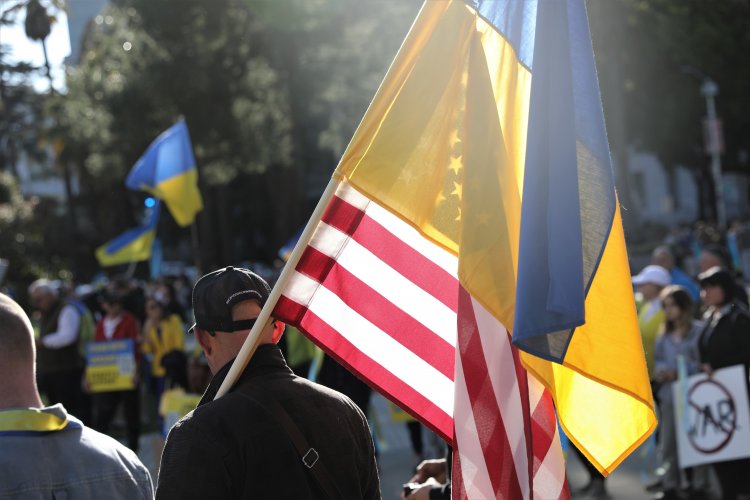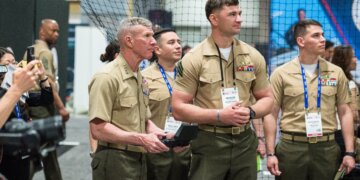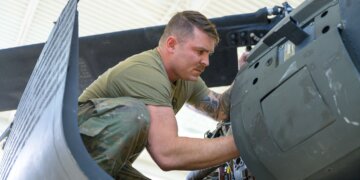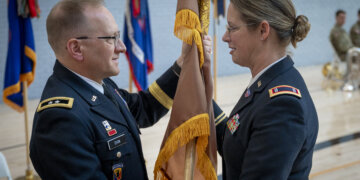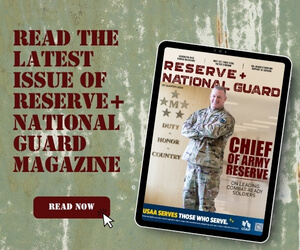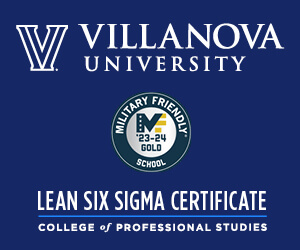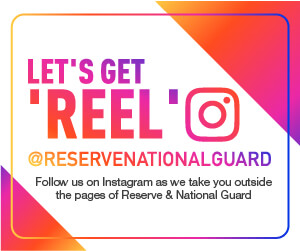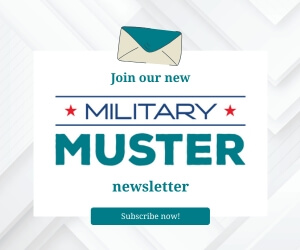Last September, on a warm and breezy afternoon, Ukrainian President Volodymyr Zelenskyy stepped onto the tarmac at Moffett Field as a guest of the California National Guard. The Ukrainian president was on an official visit to the United States. But a stop at the Silicon Valley installation during his brief visit underscored the importance of the National Guard, and more specifically, the California Guard, to Ukraine.
“Zelenskyy met with California Lt. Gov. Eleni Kounalakis and Adjutant General of the California National Guard Major General David S. Baldwin,’’ reported Ukrinform, a Ukrainian media outlet. “The head of state was briefed about the activities of the California National Guard, with which the National Guard and the Armed Forces of Ukraine actively cooperate.”
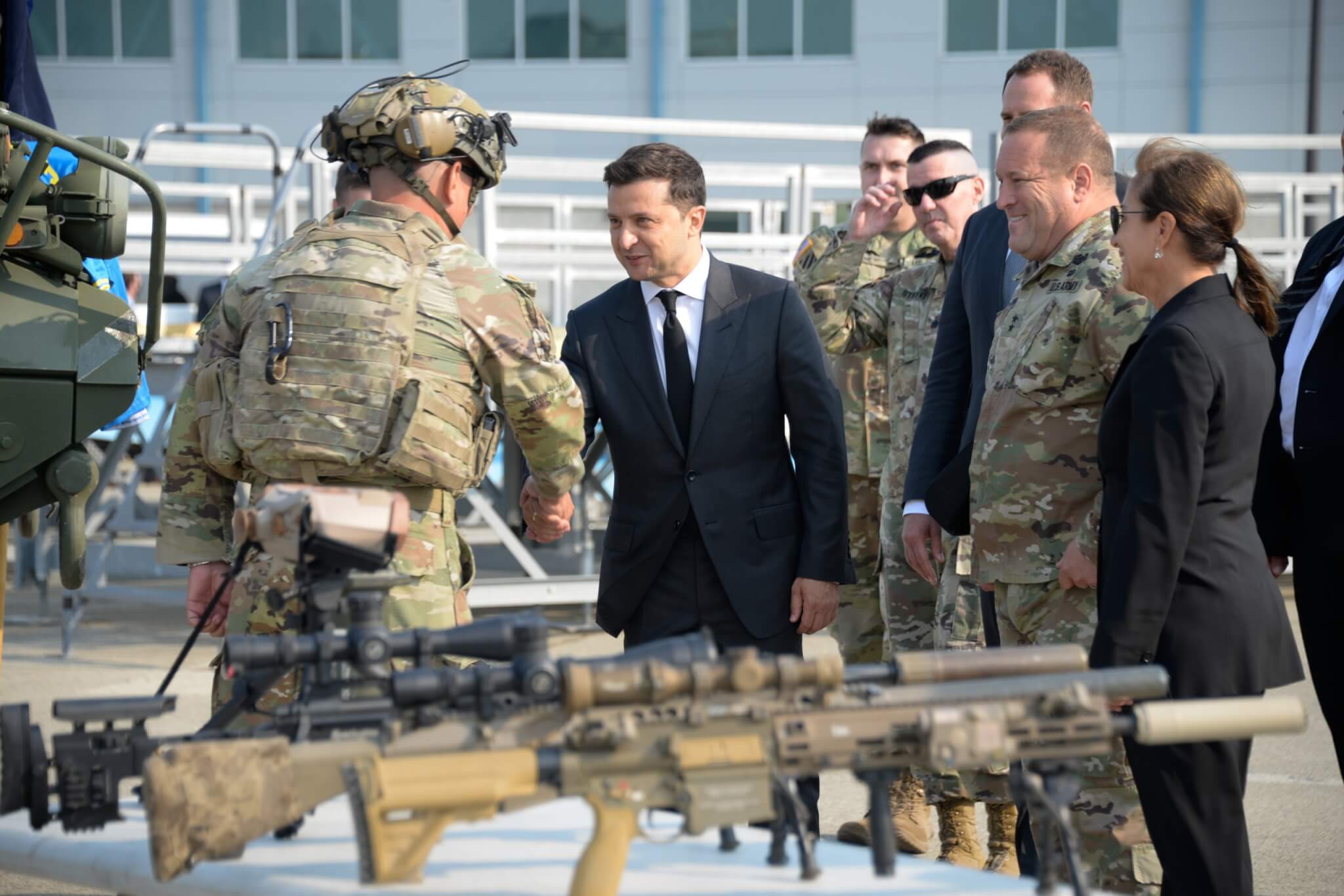
It’s a relationship – forged in the early ’90s – that has paid dividends in today’s Ukrainian armed forces, according to Alexandra Chinchilla, a research fellow at the Dickey Center for International Understanding at Dartmouth College.
“I think the infusion … of U.S. training really helped … to just make them more combat effective in the short term,” Chinchilla said, “and then sort of the cumulative effects of that are pretty substantial with what we’re basically seeing in their performance now.”
As of mid-April, Russian forces had begun “shaping,” Pentagon Press Secretary John F. Kirby said in an April 18 briefing, meaning that they are bringing in artillery, air support and “command and control enablers.”
Meanwhile, Ukrainians have requested artillery support, which President Joe Biden authorized earlier this month.
RELATED: Guardsman, Ukrainian wife create fundraiser to aid her native country
“They understand how to use artillery,” Kirby said. “We don’t believe will take very long or require much detailed training to get them up to speed on American howitzers, an artillery piece, so I’ve been told, [that] is not unlike other artillery pieces. The basic outlines of the system are the same. We’ll just have to get them up to speed on the particulars of our howitzers.”
Chinchilla’s research examines how superpowers employ training and advising to mold foreign militaries and armed, non-state actors — those who act independent of a government, using violence, to achieve their goals.
Ukraine-Cal Guard history
According to the California National Guard, the genesis of the military courtship began with the State Partnership Program, a Department of Defense program that pairs a foreign country with a state Guard to establish a bilateral military relationship. The California Guard partnered with Ukraine and Nigeria.
“We have conducted probably around 1,000 joint training events, exchanges and exercises between our organization and the Armed Forces of Ukraine,” the California Guard said in a statement provided to Reserve & National Guard Magazine.
Some of those efforts include non-commissioned officer development, joint staff planning, the military decision-making process, Ukrainian air force interoperability (fighter tactics, personnel recovery, airfield security, tower operations) and
military police training.
“The idea was, you send these National Guard units over, and they’re working with the Ukrainians … teaching U.S. doctrine, U.S. decision-making processes,” Chinchilla said.
The human side
However, the joint efforts between the militaries transcend technical training, strategic exercises and staff development. The human factor at the interpersonal level could be the foremost benefit of the SSP.
Dave Livesay, a California guardsman and Marine veteran, began serving in 2000 as a member of Detachment 1, 649th Military Police Company, and separated in 2011 due to medical reasons. Livesay, who deployed to Ukraine in 2002 on a NATO mission, recalled the personal side of the Ukraine-Cal Guard relationship.
“They were really nice people … In fact, we had accidentally gotten one of the Ukraine soldiers in trouble because he was on duty, but we were teaching him about American baseball,” he said.
The soldier was eager to learn about America’s pastime, Livesay explained. He and another guardsman would grab a baseball glove and toss a ball around during downtime. Then a couple more guardsmen joined the activity, and the group began to stand out among the soldiers.
“And this guy walked up and talked to one of our other guys,” Livesay said. “And one of the soldiers grabbed an MP nightstick, an old wooden nightstick. And we kind of showed him how to stand holding the bat … and we just throw the ball and, you know, tell him how to hit it.”
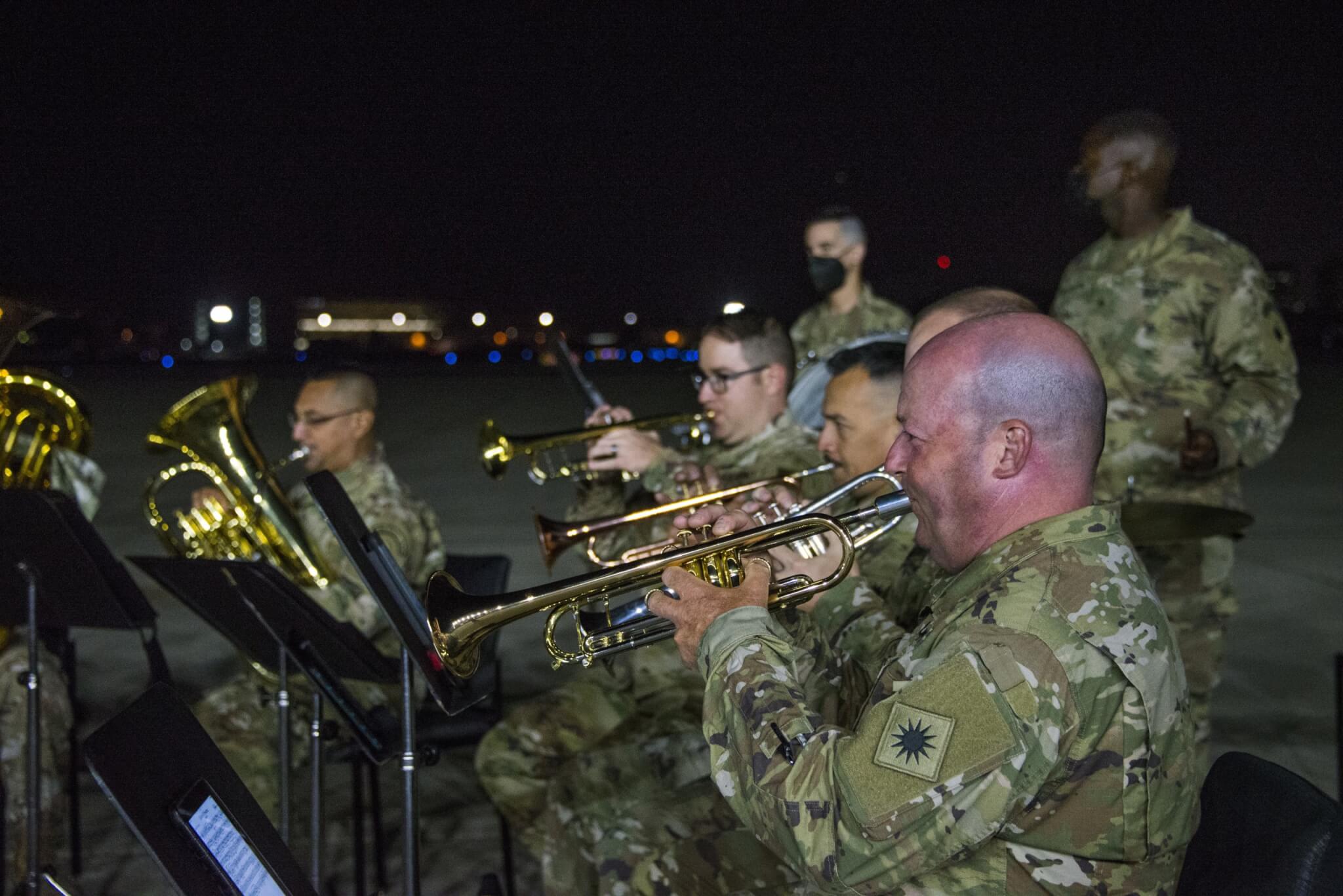
The Ukrainian soldier made contact with the ball a few times and then was handed the glove, learning how to play catch with a baseball.
“And then his supervisor came out, kind of started screaming at him, but the kid was just … he had the biggest smile on his face … even though he was in trouble … but he was happy, you know, just doing something that was American,” Livesay said.
The experience still resonates with Livesay.
“I enjoyed my time in Ukraine,” he said. “My heart goes out to the people, you know. They’re the innocents in this one.”
Recent times
DOD News reported that after the initial Russian invasion of Ukraine in 2014, the number of California guardsmen working alongside active-duty forces and NATO trainers increased exponentially.
“Prior to 2014, the California Guard would send a few dozen trainers at a time to Ukraine. After the Russian invasion, this commitment numbered in the hundreds, and training accelerated … They worked to establish and build a Ukrainian NCO corps,” the DOD News reported.
Chinchilla said the escalation of advisors had a significant impact on the development of Ukrainian forces.
“The NATO partners would be working on sort of tactical issues … The U.S. National Guard — the advisors there — were working on, basically training the Ukrainian trainers,” Chinchilla said.
And now, the Ukraine military is being put to the test. The training has seemingly paid off as Russian advances struggle to break through into the interior of the country – though thousands of Ukrainian civilians have been killed.
“If I was there, in my heart, I would be there protecting them and their way of life,” Livesay said. “If I was physically able to do it, I would join one of the foreign militias in Ukraine, but I just physically can’t.”
Read comments


